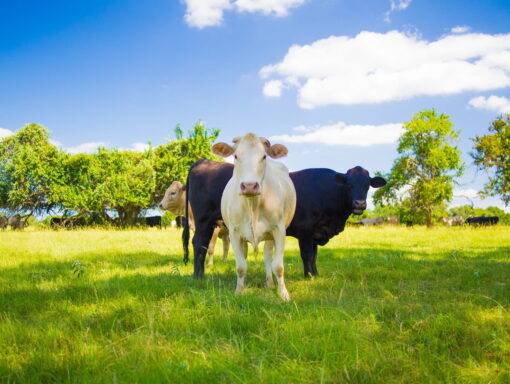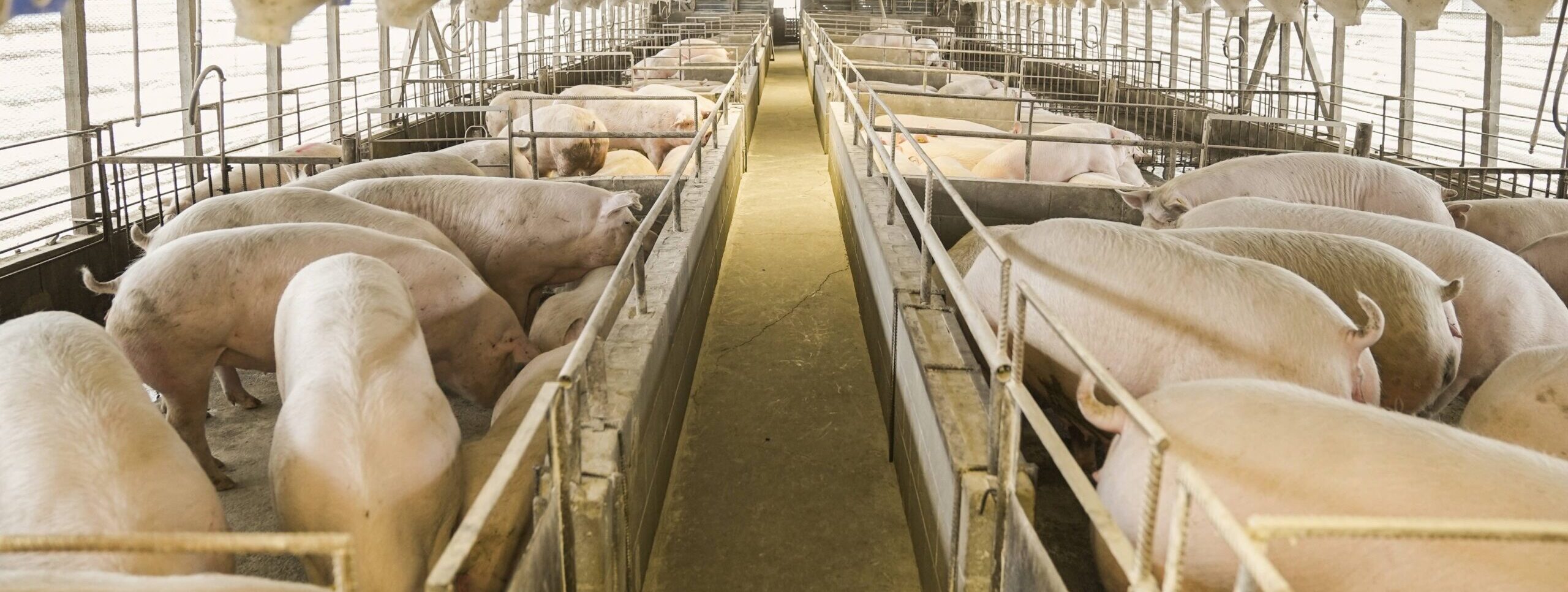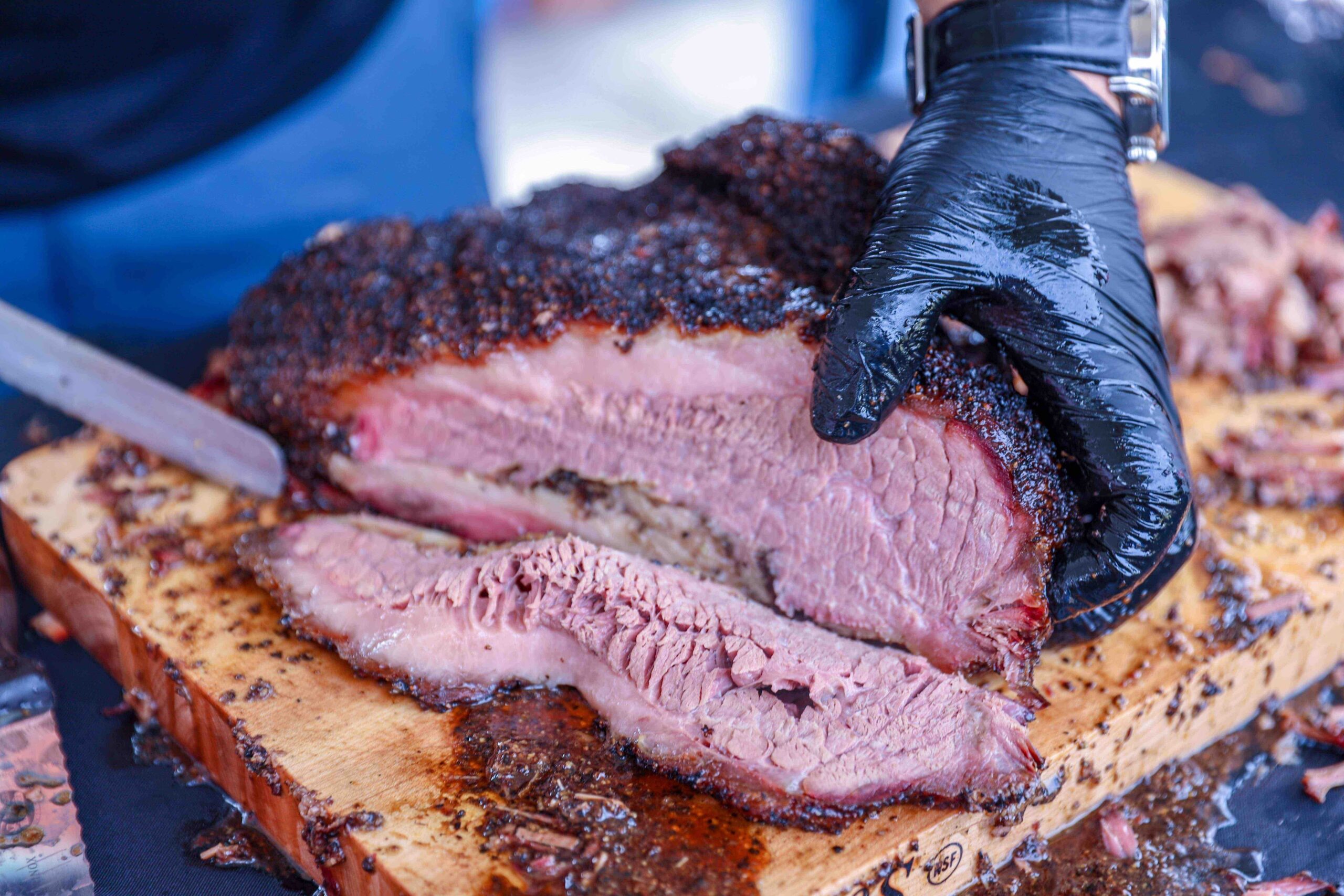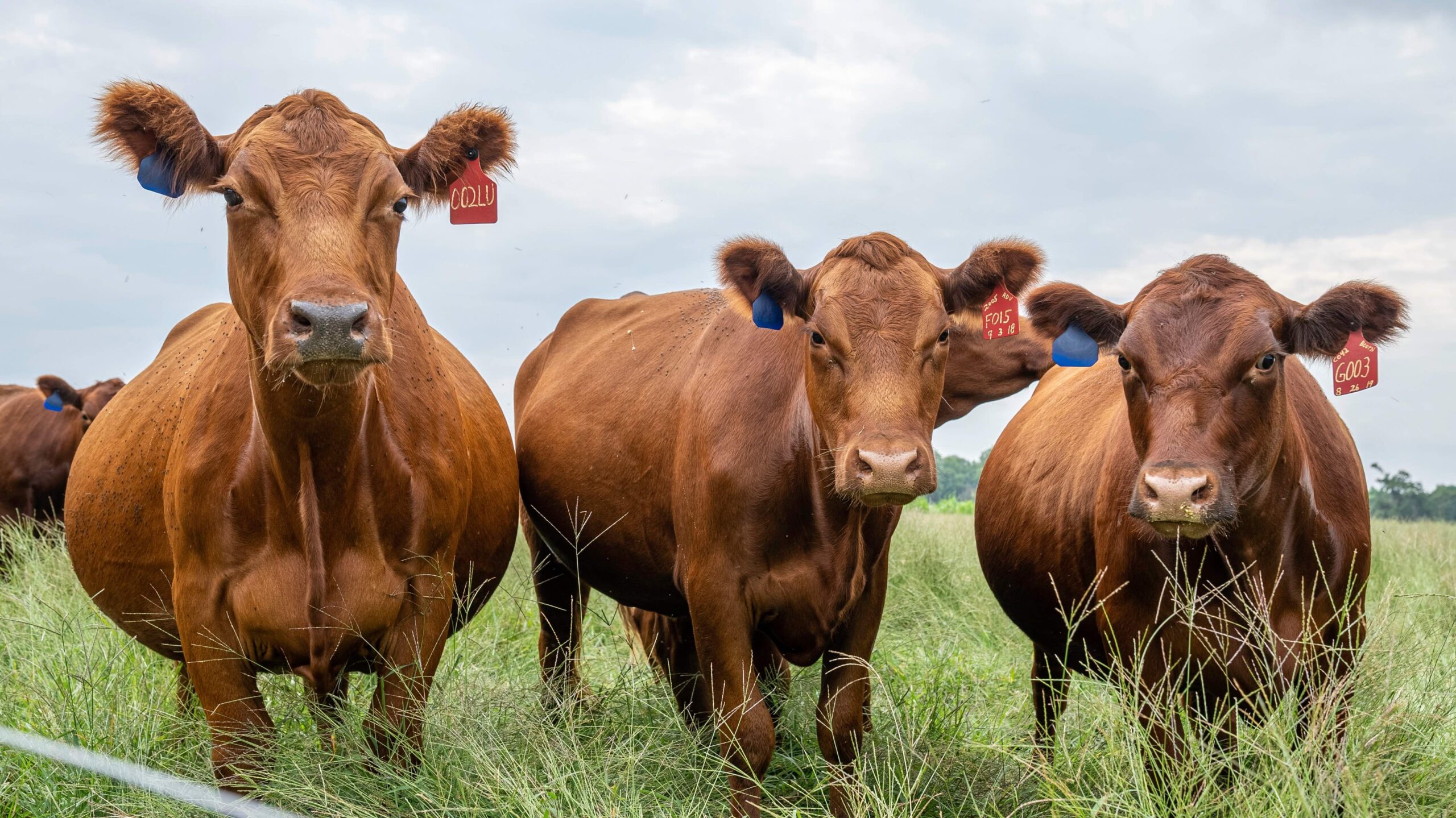Cattle ranchers continue to have a significant interest in direct-to-consumer marketing of their own beef. These ranchers are typically aiming to build their own brand and integrated business from the land: from their cattle, to the beef, and on to the consumer. Some of this beef might be grain finished in a feedlot or grass fed and finished. Those looking to start selling to consumers often struggle for a bit to figure out pricing their product. USDA’s Agricultural Marketing Service (AMS) publishes some price data on wholesale, direct-to-consumer retail, and carcass prices for grass fed beef.
Grass fed, direct to consumer retail prices for whole, half, and quarter carcasses were $8.08, $8.28, and $9.30 per pound in April. All were higher than April 2022 but, whole and halves were lower priced than in March of 2023. Ribeye steaks were quoted at $31.12 per pound, the highest price in the data which goes back to 2013. Almost all the reported cuts were higher in price than a year ago ranging from $17.28 per pound more for filet mignon to $0.95 higher for skirt steaks.
There is also some carcass price data through the Small and Very Small (SVS) Producer verified program. The weighted average grass fed carcass price reported under this program was $4.31 per pound in April. As you might suspect, the weighted average price was the highest, $4.99 per pound in 2020 during the pandemic. A range of prices are reported and the range at the peak of the pandemic was from $3.20 to $6.75 per pound. In recent months the range was $3.15 to $5.45 per pound.
The last report we’ll mention here is the National Monthly Negotiated Grass Fed Beef Report. These prices represent negotiated grass fed wholesale beef prices for a variety of cuts. Ribeye steaks in April were reported to be $28.65 per pound slightly higher than the $27.79 per pound last April. Ninety percent lean bulk ground beef was $16.20 per pound, a $6.24 increase over a year ago.
This data, while perhaps not well known, should be a good resource for folks moving into the direct-to-consumer area. The data allows you check your prices compared to some national average pricing trends and plan for pricing future products.


Anderson, David. “Grass Fed Beef Prices.” Southern Ag Today 3(22.2). May 30, 2023. Permalink














